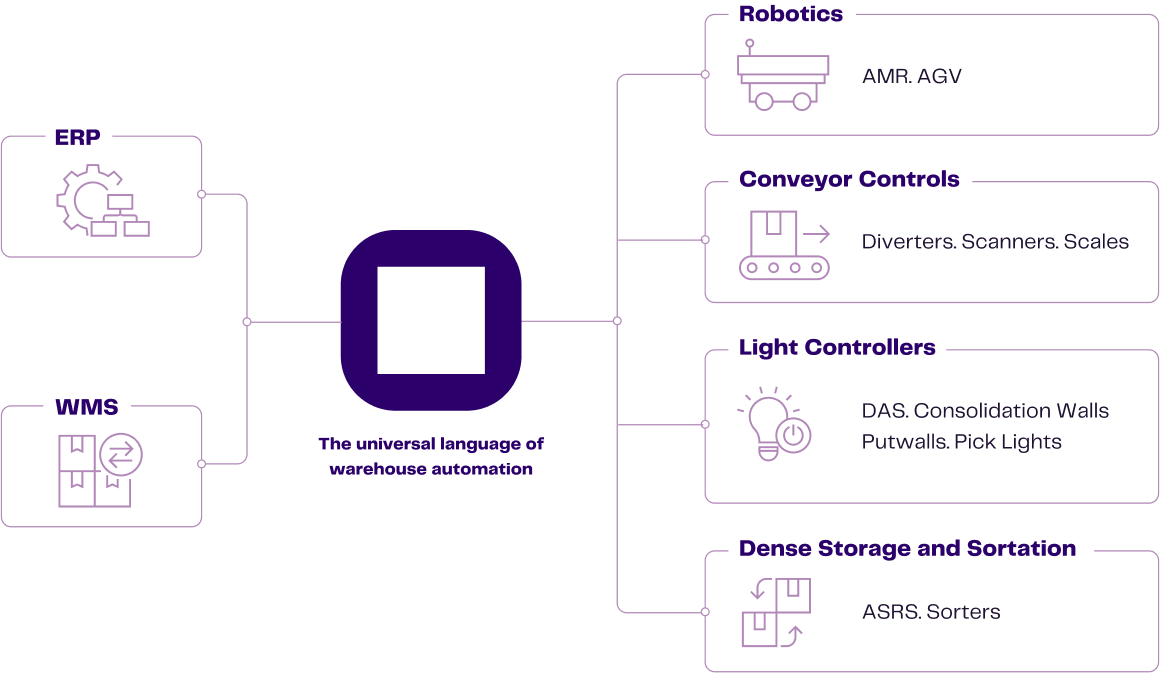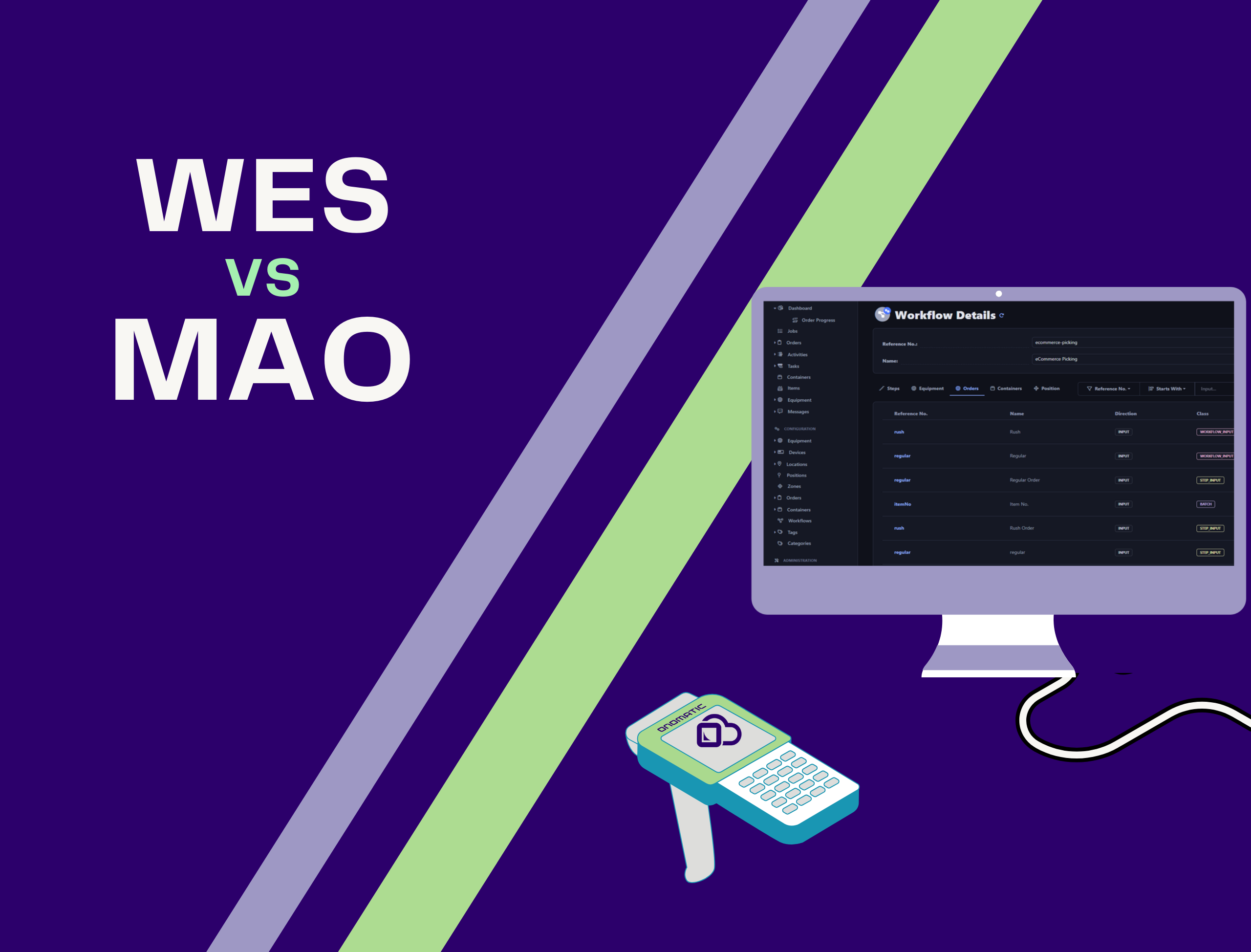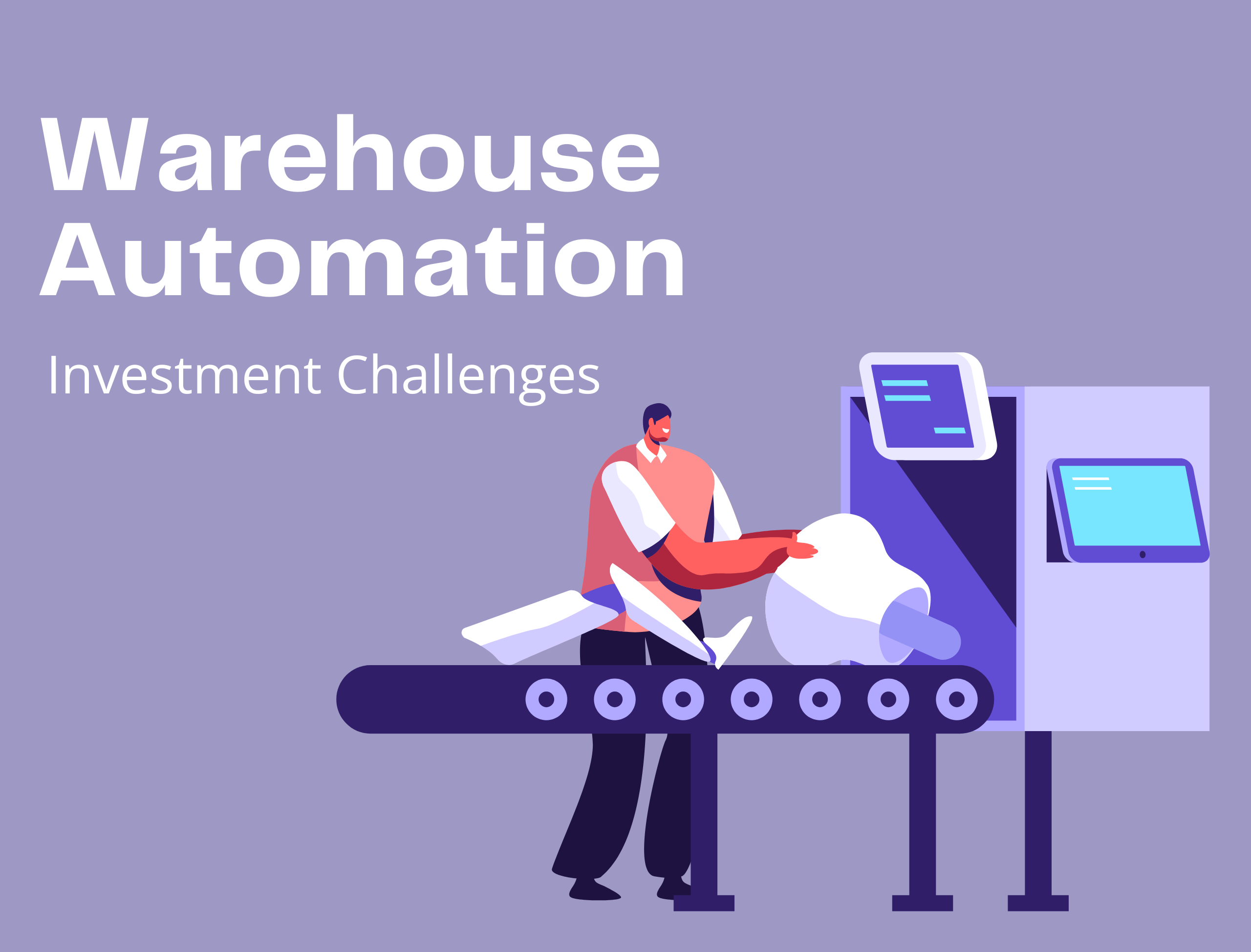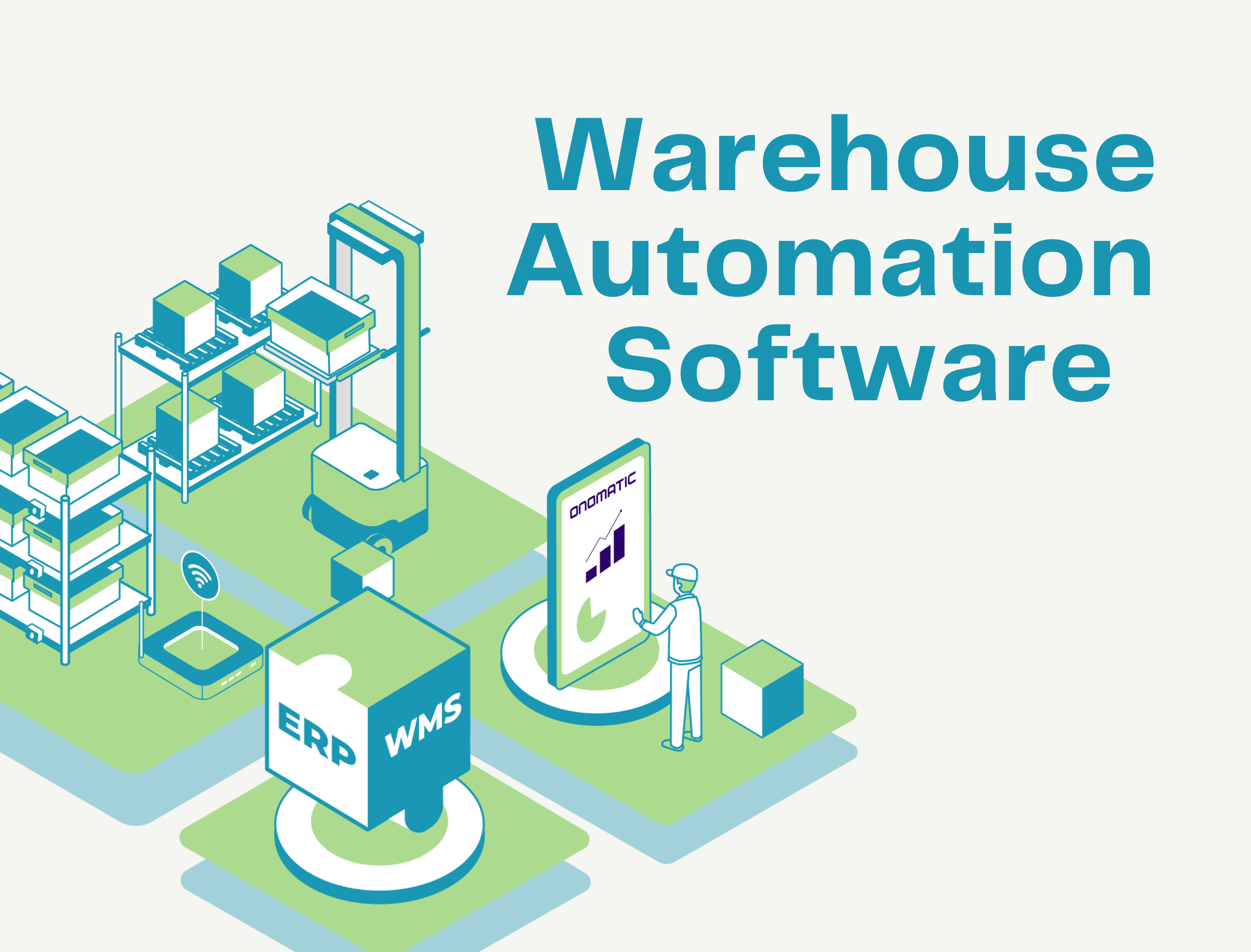Published on May 2nd | 2 min read | Written by Jean-Martin Roux
Go to:
- What is orchestration?
- What is the problem multi-agent orchestration solves?
- What are the benefits?
- Book a Demo
Multi-Agent Orchestration – The Symphony of Warehouse Automation

Multi-agent Orchestration with Onomatic: The Conductor of Warehouse Automation
When it comes to warehouse operations, a comparison to a musical symphony resonates well. Similar to how each instrument contributes to the orchestra's harmony, every piece of equipment is essential in the complex symphony that is warehouse operations. However, just as an orchestra needs a conductor for cohesion, these operational components fail to work together effectively without proper direction. This is where Onomatic's multi-agent orchestration platform shines, taking on the role of a conductor to ensure seamless coordination among all parts of the warehouse.
Introduction
As the adoption of robotics and supply chain digitization continues to surge, the already complex task of coordination in warehouse operations is escalating in difficulty. This rise in technological integration presents substantial challenges for logistics providers, particularly in the seamless integration of robots with Warehouse Management Systems (WMS) and other distribution ecosystems.
This blog post explores the concept of multi-agent orchestration in warehouse automation and how Onomatic helps logistics providers navigate these challenges within the evolving landscape of robotics integration and supply chain digitization.
Understanding Orchestration in Warehouse Automation

Orchestration, in the context of warehouse automation, involves seamlessly integrating various automated equipment and human tasks to optimize workflow and efficiency. The goal is to enable disparate systems — each designed to perform specific functions — to work together harmoniously, maximizing throughput and minimizing bottlenecks.
The Problem: Dissonance in the Warehouse
Traditionally, warehouse automation systems operate in silos, with different machines and processes designed and installed by various vendors to execute specific tasks independently, lacking interoperability. This dissonance leads to inefficiencies, much like an orchestra trying to perform without a conductor, where the lack of coordination can turn a potentially beautiful symphony into a cacophony.
Onomatic Handles Every Moving Part
From ERP and WMS orders to autonomous mobile robots to legacy equipment – Onomatic controls every step of your warehouse workflow at a level of efficiency, compatibility, and affordability the world has yet to see.
Onomatic: Harmonizing Warehouse Operations
Onomatic's multi-agent orchestration platform functions akin to a skilled conductor, directing each component of the warehouse from equipment scheduling to task allocation with precision. Here's a brief overview of how the platform achieves this:
Unifies Communication:
Onomatic ensures all systems 'speak the same language' or integrate seamlessly, allowing for fluid communication and interoperability.
Optimizes Task Flow:
Basic integration between machines and software doesn't equate to true orchestration. Onomatic distinguishes itself as a powerful multi-agent orchestration platform, going basic connectivity by assuming the role of an operational conductor, autonomously directing workflows and tasks in a sequence that maximizes operational efficiency.
Enhances Adaptability:
Just as a conductor adjusts the tempo based on the acoustics of a hall or the skills of the musicians, Onomatic leverages real-time data to inform smart decision making, allowing it to adapt instantly to changes in the operational environment for continuous optimization.
Educational Insight: The Importance of Orchestration
The effectiveness of an orchestra hinges on the conductor’s ability to interpret the music and lead the musicians. Similarly, the success of automated warehouse operations depends on the orchestration platform's capacity to integrate and direct activities. Onomatic excels not only in optimizing current operations but also in its device-agnostic nature, enabling scalability and adaptability to new technologies and challenges. In the event of a component failure, it swiftly transitions to the best alternative to prevent downtime. This flexibility also makes it easy to upgrade or switch-out technology, facilitating faster transitions to automation within warehouse operations.
Conclusion
Not all multi-agent orchestration platforms are created equal. Onomatic stands out as a crucial conductor in the dynamic realm of warehouse management. It ensures that every automation technology works seamlessly together, optimizing performance. By embracing Onomatic's orchestration platform, warehouses can transform their operations into a well-coordinated symphony of productivity and efficiency, setting the stage for innovation and growth.
Get in touch with us today to learn more.










